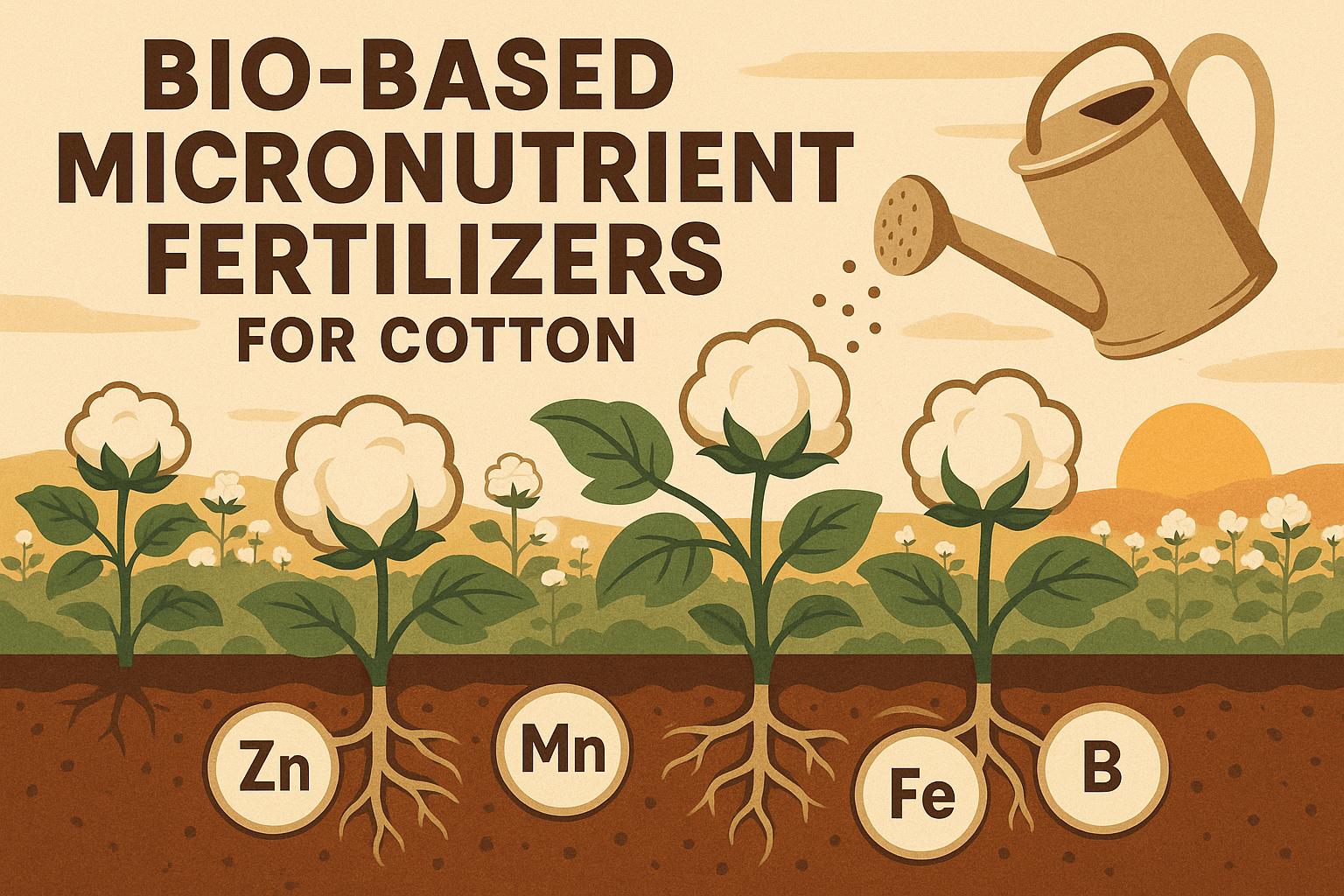Running a cotton gin efficiently is challenging, but you can save time, money, and resources by focusing on these 5 key areas:
- Upgrade Technology: Use automation, smart sensors, and real-time analytics to reduce errors, manage energy, and detect contamination early.
- Prioritize Maintenance: Implement regular and predictive maintenance to cut downtime, extend equipment life, and avoid costly breakdowns.
- Cut Energy Costs: Switch to energy-efficient motors, advanced drying systems, LED lighting, and closed-loop water recycling to save up to 30% on energy expenses.
- Streamline Labor Management: Use flexible schedules, cross-train employees, and adopt labor management software to handle seasonal demands effectively.
- Leverage Data: Analyze real-time data to fine-tune operations, predict issues, and maintain fiber quality.
These strategies, backed by USDA and Texas A&M research, tackle inefficiencies like low dryer performance, high energy costs, and plastic contamination (costing $100M annually). Start implementing these steps to boost productivity and profitability today!
Cotton Ginning Process: Modern Automation and Machinery
1. Use Modern Cotton Gin Technology
Modern cotton gin technology is reshaping the industry by tackling common challenges and improving efficiency. With advanced systems, operators can streamline processes, reduce bottlenecks, and maintain top-tier quality standards.
How Automation Helps
Automation brings precision to tasks like seed separation and bale packing, cutting down on mistakes and downtime. Smart feeding systems keep the cotton flow consistent, while automated quality control tools monitor fiber characteristics in real time. These advancements are crucial in addressing issues like plastic contamination, which costs the industry $100 million annually [3].
Leveraging Smart Tools and Analytics
Sensors play a critical role in tracking key metrics such as temperature, humidity, and fiber quality in real time. This allows operators to make quick adjustments when conditions fall outside the ideal range. Industry 4.0 tools also improve maintenance by using smart sensors to detect early signs of equipment wear. This predictive maintenance approach is especially important during busy ginning seasons, where any downtime can be costly.
To integrate these technologies effectively, operators should:
- Evaluate existing systems to pinpoint areas where automation will have the most impact.
- Train staff thoroughly on how to use new tools and systems.
- Introduce upgrades gradually to avoid disruptions in operations.
While these technologies can greatly improve efficiency, keeping them running smoothly depends on strong maintenance practices.
2. Improve Maintenance Practices
Keeping up with proper maintenance can cut downtime, extend the life of your equipment, and save money. To achieve this, you need a well-organized plan that prioritizes key equipment and sticks to a regular service schedule.
Regular Maintenance Plans
The foundation of any maintenance program is sticking to a clear and consistent routine. This means planning inspections and services that cover all the essential parts of your equipment.
Here’s how to set up an effective plan:
- Use checklists to track and document every maintenance task.
- Plan services during off-peak times to avoid interruptions.
- Train your team on how to handle equipment and perform basic maintenance tasks.
Using Predictive Maintenance
With tools like smart sensors and data analytics, you can catch potential problems before they become serious. This forward-thinking approach not only prevents breakdowns but also helps you plan better.
For example, a cotton gin in Texas managed to cut downtime by 30% by using smart sensors and analyzing performance data. To make predictive maintenance work for you:
- Install sensors on critical systems and ensure your team knows how to interpret the data.
- Regularly review and adjust your maintenance schedules based on what the data reveals.
Combining predictive maintenance with regular upkeep creates a strong system that keeps your equipment running smoothly. This approach helps cotton gin operators maintain steady production, avoid costly disruptions, and reduce maintenance expenses. It also boosts energy efficiency, which is another area worth improving to save resources and costs.
3. Reduce Energy Costs
Energy expenses make up a large part of cotton gin operating costs. By making smart upgrades and managing resources wisely, you can cut these costs significantly without sacrificing efficiency.
Upgrade to Energy-Efficient Equipment
Switching to energy-efficient motors can lower energy consumption by up to 30%, according to USDA research [3]. While the initial investment might seem high, the savings over time quickly make up for it.
For example, a gin in Lubbock, Texas, cut its energy costs by 25% and improved overall efficiency by upgrading to energy-saving motors and advanced drying systems.
Here are a few areas to prioritize for better energy efficiency:
- High-efficiency motors: Replace outdated motors with modern, energy-saving models.
- Advanced drying systems: Use improved insulation and smart temperature controls to optimize performance.
- LED lighting: Upgrade to LED lighting throughout your facility to reduce electricity use.
Recycle Water with Closed-Loop Systems
Closed-loop systems can reduce water use by 90% and energy costs by 20%, based on findings from Texas A&M research [3]. These systems work by capturing, filtering, and reusing water while maintaining the right temperature with heat exchangers.
A gin in Mississippi combined equipment upgrades with closed-loop water systems and saw a 12% drop in energy costs within a year.
Using facility-wide monitoring tools can also help track energy use and identify areas for further improvement. USDA research shows that this data-driven strategy can lead to an additional 10% reduction in energy expenses [4].
Cutting energy costs not only saves money but also ensures smoother operations and better productivity across your facility.
sbb-itb-0e617ca
4. Manage Labor More Effectively
Efficient labor management is key to running smooth cotton gin operations, especially when seasonal weather creates unpredictability. Smart staffing strategies can boost productivity and cut costs.
Flexible Work Schedules
Weather greatly affects cotton gin operations, making adaptable schedules a must. For example, a cotton gin in Lubbock introduced a dynamic scheduling system in 2023. By adjusting staff levels based on moisture content and processing needs, they cut operational downtime by 20% [1].
Flexible scheduling helps reduce downtime, manage labor costs, and balance workloads during weather-driven delays. Using labor management software makes it easier to track and adjust schedules in real time, ensuring the right staffing levels for current conditions.
Train Employees for Multiple Roles
Cross-training employees ensures operations can continue smoothly, even when unexpected challenges arise or key staff members are unavailable.
To make cross-training effective:
- Pair experienced employees with newer team members for hands-on learning.
- Create clear, accessible documentation for key processes.
- Regularly rotate staff through different roles to build their skills.
Technology can further support cross-training by providing tools and resources that help employees make informed decisions in various roles. This approach is especially useful during peak seasons when staffing needs shift frequently [2].
With a well-prepared and versatile team, the next step is to use data-driven strategies to optimize operations even further.
5. Use Data to Improve Operations
Modern cotton gin operations produce a wealth of data that, when analyzed effectively, can boost both efficiency and productivity. Using data-driven approaches allows operators to pinpoint bottlenecks, fine-tune processes, and make smarter decisions.
Monitor Operations in Real Time
Real-time monitoring systems track critical metrics such as temperature, humidity, and equipment performance. These systems empower operators to make immediate adjustments, improving efficiency and preserving fiber quality. They also detect potential issues early, enabling quick tweaks to drying settings and energy usage while maintaining consistent results.
For example, tools developed by Texas A&M's Cotton Engineering program highlight how real-time data can help operators:
- Adjust drying processes based on current conditions
- Fine-tune operations during peak periods
- Ensure fiber quality remains consistent
Analyze Data to Find Problems
Analyzing data uncovers patterns and trends that might otherwise go unnoticed. Research from the USDA-ARS-Southwestern Cotton Ginning Research Laboratory emphasizes the importance of a strong maintenance program:
"A comprehensive gin maintenance program is critical to optimizing the efficiency of a ginning system and affects labor, energy, and maintenance costs; safety, downtime, daily throughput, fiber properties, and customer satisfaction" [4].
Data can expose inefficiencies like poor dryer performance or contamination risks, allowing operators to implement targeted solutions that cut costs and improve quality [3]. To get the most out of this information, operators should:
- Combine data from multiple sources for clearer insights
- Track key performance indicators
- Use predictive models to anticipate and address issues
Advanced statistical methods can help operators prevent problems before they occur, reducing downtime and keeping production consistent [5]. By fully utilizing data, operators can tie together all aspects of their operation - technology, maintenance, energy, and labor - for greater efficiency overall.
Conclusion
Improving cotton gin operations involves combining technology, efficient maintenance, energy-saving practices, effective labor management, and data-based strategies. Research from the USDA-ARS-Southwestern Cotton Ginning Research Laboratory highlights how these approaches can boost both efficiency and profitability [4].
The methods discussed in this article tackle common inefficiencies and contamination challenges, offering practical steps to improve outcomes. For instance, adopting advanced technologies and automation systems helps streamline operations while minimizing human error [2].
These efforts have already shown measurable success across the industry. Facilities that have switched to energy-efficient equipment and closed-loop water systems report lower operational costs [2]. Similarly, gins that use real-time monitoring and predictive maintenance have reduced downtime and enhanced fiber quality [5].
Experts stress the importance of a well-planned maintenance program for achieving better efficiency and profitability. By embracing smart technologies and sustainable methods, cotton gin operators can address current challenges and prepare for long-term growth.
FAQs
What is the future of the cotton gin?
The cotton ginning industry is evolving with new technologies aimed at improving efficiency, reducing waste, and cutting costs. Key areas of focus include automation, real-time monitoring, and energy management.
Robotic systems are expected to take over cotton processing, offering precise handling and reducing human error. Meanwhile, smart monitoring tools will deliver instant feedback on performance, helping operators maintain optimal conditions and avoid costly mistakes [2]. Future systems may even use AI to predict equipment failures and adjust energy use automatically.
Contamination has long been a challenge for the industry, especially with plastic materials. New detection systems powered by AI and imaging technology are being developed to spot and remove contaminants effectively. This could save the industry millions, as plastic contamination currently results in losses of about $100 million annually [3].
With these advancements, cotton gins are becoming more efficient and capable of maintaining high-quality standards. These changes are setting the stage for the industry to tackle its challenges and remain competitive in the years to come.


